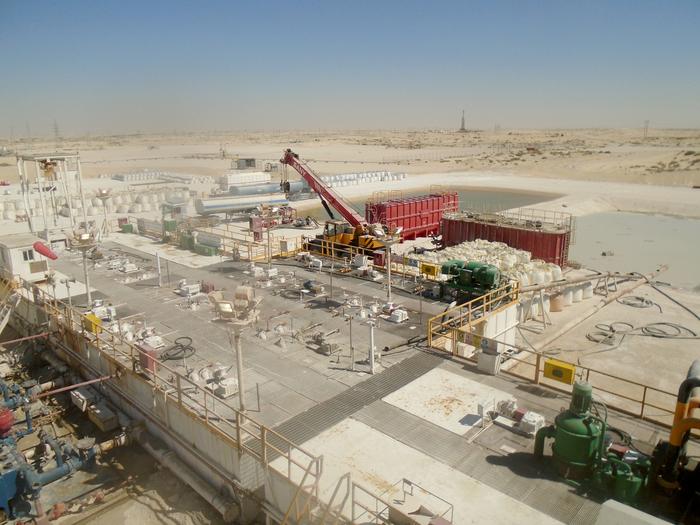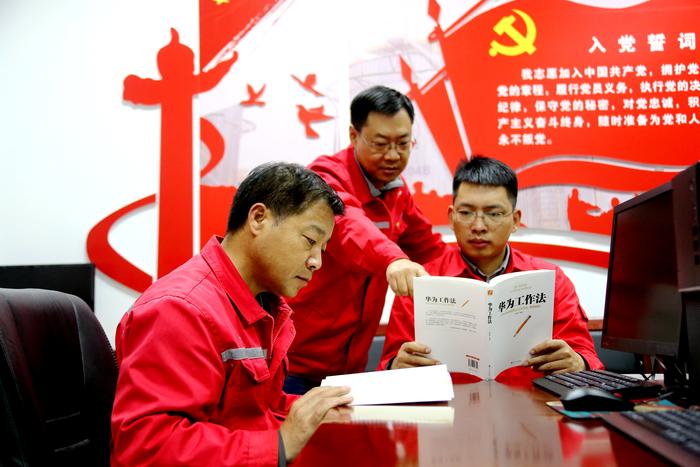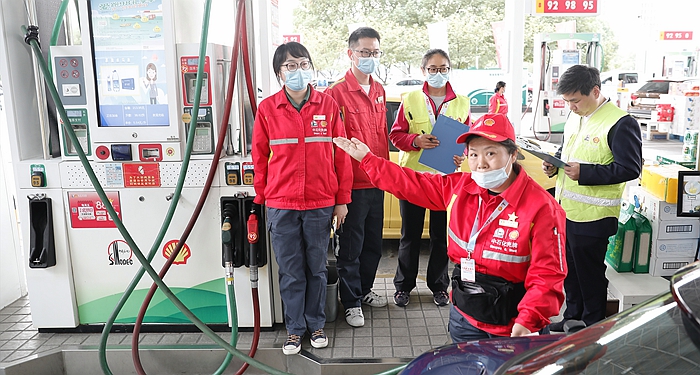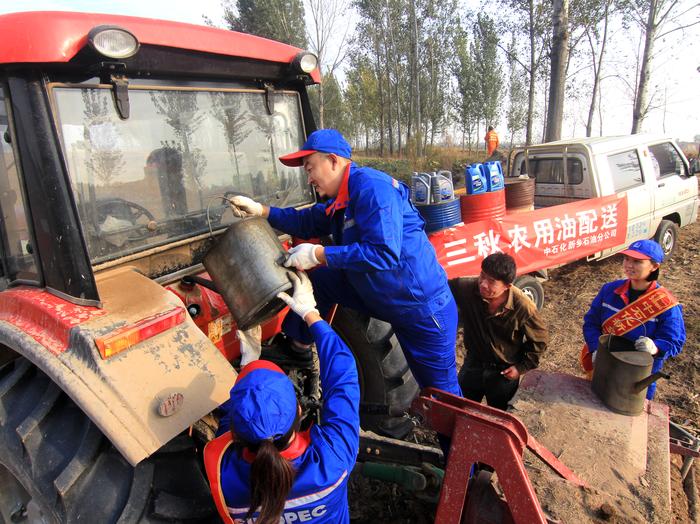|
| 2020-10-28 来源: 中国石化新闻网 |
| 石化新闻 |
中国石化新闻网讯 据能源之声网站10月22日消息 据一位政府官员称,日本将在2050年实现碳中和的新努力中推广使用海上风力发电和电池储存,这表明该国可能会改变政策以实现这一宏伟目标。 全球第五大温室气体排放国预计将于周一正式宣布减排承诺,在继续依赖化石燃料煤炭落后于其他主要经济体之后,该国正与欧盟和中国等其他主要经济体的承诺保持一致。 战略与国际研究中心研究员Jane Nakano在电子邮件中表示:“日本领导层似乎对日本在全球气候外交领域的声誉更加敏感。” 这项新政策可能对全球第三大经济体产生深远影响,该国是主要汽车和技术制造商的所在地。由于日本仍然严重依赖石油、煤炭和天然气,该国将需要对大部分基础设施进行改造,以达到新的碳排放目标。本月早些时候,日本开始审查其基本能源计划,重点是如何改变其长期电力结构。 根据政府官员的说法,使用氨水和氢气作为煤炭和液化天然气的替代品也将是这一努力的一部分,由于该计划尚未公开,其要求不透露姓名。经济、贸易和工业部的一位女发言人没有立即对此发表评论,该部是一个权力强大的部门,负责监督该国的工业和能源行业。 有迹象表明,工业界和政府已经在研究如何用更清洁的技术取代化石燃料。日本风力发电协会理事长Shigehito Nakamura表示,到2050年,日本的风能发电能力将到达90吉瓦,相当于化石燃料和核能的60%。 这项承诺是在日本政府为控制碳足迹而付出的其他努力的配合下所做出,比如计划关闭100多家效率低下的燃煤发电厂,以及收紧支持向海外输送本国煤炭技术的规定。随着投资者和政府加大力度应对气候变化,日本在支持燃煤发电的政策方面面临着越来越多的审查。 吴恒磊 编译自 能源之声 原文如下: https://www.energyvoice.com/ Japan to use wind, batteries to meet lofty 2050 carbon goal Japan will promote the use of offshore wind generation and battery storage in its new effort to become carbon neutral by 2050, according to a government official, indicating how the nation might change its policies to meet the ambitious goal. The world’s fifth-biggest greenhouse gas emitter, which is expected to formally announce the emissions pledge Monday, is aligning itself with commitments made by other major economies including the European Union and China, after lagging peers through its continued reliance on coal, the dirtiest fossil fuel. “Japan’s leadership seems to have become more sensitive to the country’s reputational standing in the global climate diplomatic arena,” Jane Nakano, a fellow at the Center for Strategic and International Studies, said by email. The new policy could have far-reaching effects across the third-largest economy that is home to major auto and technology manufacturers. The country will need to transition much of its infrastructure to meet the new carbon targets as it remains deeply reliant on oil, coal and gas. Earlier this month, Japan started reviewing its basic energy plan with a focus on how to change its long-term power mix. Using ammonia and hydrogen as alternatives to coal and liquefied natural gas will also be a part of the push, according to the government official, who asked not to be identified because the plan isn’t public. A spokeswoman at the Ministry of Economy, Trade and Industry, the powerful ministry that oversees the country’s industry and energy sectors, wasn’t immediately able to comment. There are signs industry and government are already looking at ways to replace dirtier generation with cleaner technologies. Japan’s offshore wind capacity could jump to 90 gigawatts by 2050, which is equivalent to 60% of the fossil fuel and nuclear facilities expected to close by that time, Shigehito Nakamura, managing director at the Japan Wind Power Association, said last month. The commitment comes on the coattails of other efforts by the Japanese government to curb its carbon footprint, such as plans to shut more than 100 inefficient coal power plants and tightening rules that support sending the country’s coal technology overseas. Japan has faced increased scrutiny for policies that support coal-fired generation as investors and governments step up efforts to combat climate change. |








